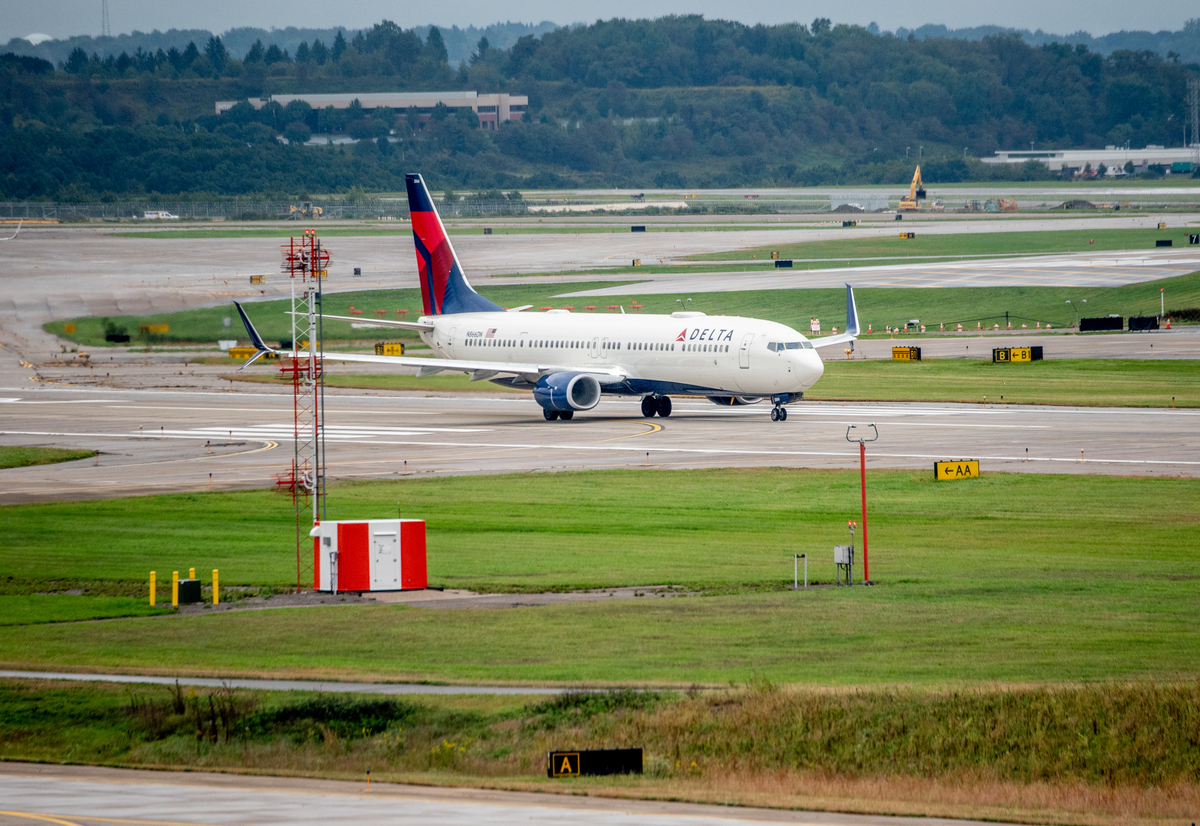Full Impact of Airline Schedule Cuts Begins in April
Many carriers have canceled majority of flights as COVID-19 continues
By Matt Neistei
Published April 6, 2020
Read Time: 3 mins
During the first week of March, as the gravity of the coronavirus pandemic just started to change the fabric of American society, domestic airlines were already making plans to adjust their business.
But no one foresaw what a historic plunge the industry would suffer over the next month.
For example, on March 10, American Airlines announced it would reduce domestic capacity by 7.5 percent in April, along with a 10 percent reduction in international travel during the summer peak season.
Less than three weeks later, on March 27, the carrier said its April domestic capacity would be reduced by a total of 60 percent, and on April 2, said its summer international capacity would be cut by the same amount.
Delta Air Lines followed a similar pattern. On March 11, the carrier announced a 10-15 percent reduction in domestic capacity. Two days later, in a memo to employees, CEO Ed Bastian said the airline would reduce overall capacity by 40 percent, and by March 18, that number skyrocketed to 70 percent.
“Revenue for the month of March is now expected to decline by almost $2 billion over last year, with our projection for April falling even more,” he wrote.
Perhaps the most drastic change can be seen with Spirit Airlines.
The ultra-low cost carrier (ULCC) weathered the first few weeks of March with few changes to its overall schedule. Then, on March 21, Spirit filed an investor notification with the Securities and Exchange Commission revealing it would be cutting April capacity by 45 percent due to coronavirus.
About two weeks later, Spirit began notifying some airports—including Pittsburgh International, Cleveland Hopkins and Arnold Palmer Regional in Latrobe, Pa.—that it was suspending service altogether for about a month.
CARES Act questions
While the $2 trillion CARES Act economic stimulus package contains more than $50 billion in aid for air passenger and cargo carriers, that funding comes with certain conditions, such as maintaining employee payrolls and air service.
For ULCCs, taking that money with those strings attached may be less appealing than just temporarily shutting down. Razor-thin profit margins and an emphasis on leisure travel and smaller markets mean their business models operate in a “parallel universe” compared to those of legacy carriers, said aviation consultant Michael Boyd.
“You’re going to have your entire staff being paid, but you’re still not flying and you don’t have enough space in the break room to keep these people,” he said.
The government aid will help keep carriers afloat through a down period many say is worse than the aftermath of the 9/11 terrorist attacks, but it does not guarantee a bright future.
Regional airlines Trans States and Compass already have shut down, and globally, the impact has been even worse: Europe’s FlyBe has gone bankrupt and Malaysia Airlines had to be taken over by a venture capital group to stay solvent.
Impact on PIT
The flight schedules at Pittsburgh International Airport reflect the turmoil in the industry. From Feb. 28 to April 3, capacity at PIT—the number of seats on arriving and departing planes—dropped more than 44 percent.
British Airways and Air Canada have completely suspended international flights, and some domestic carriers have drastically reduced service for April: Delta has dropped by 72 percent, United by 54 percent, American by 41 percent and Spirit by 78 percent.
Meanwhile, Allegiant has trimmed only 9 percent of its capacity and Southwest, 11 percent.
And while PIT has become a temporary home for about 100 planes grounded because of service reductions, not all of those planes are going back into service. In fact, American and other airlines have said the COVID-19 pandemic has accelerated plans to retire portions of their fleets.
Newer, more fuel-efficient and state-of-the-art aircraft like Airbus’ A321s will take their place. These planes make flying farther distances with fewer passengers—and therefore lower revenue—more financially appealing.
And with those new aircraft coming online, Boyd says PIT is positioned well to rebound when the crisis passes, particularly on international routes.
“This is probably only going to enhance the value of Pittsburgh as a regional gateway,” he said. “You’re going to have a lot of carriers in Europe that have hubs there and now have narrow-body aircraft, and they’re going to look at places like Pittsburgh for passengers to feed through their hubs.”
Watch
This Next
Read
This Next






